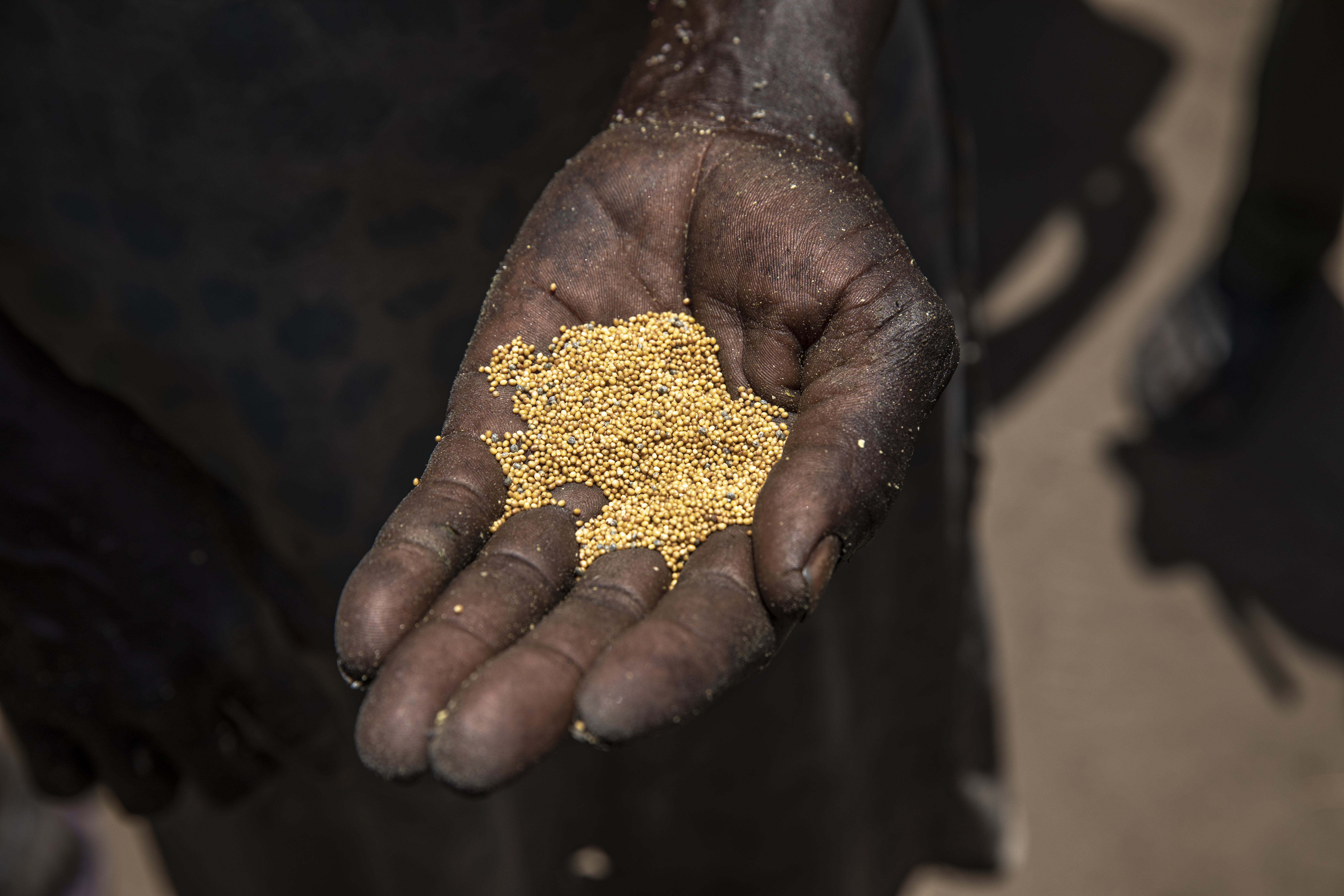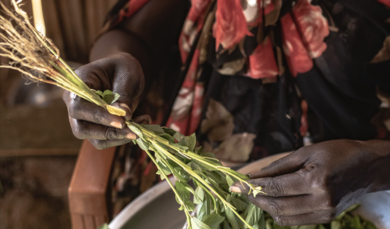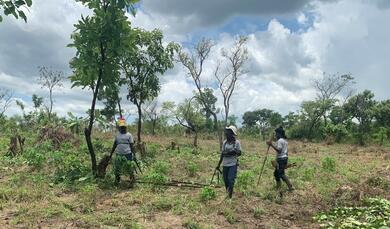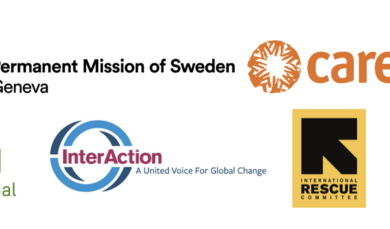The Approach
Attacks on civilian and civilian infrastructures, theft, extortion, eviction, or destruction of personal property, including livestock and livelihoods, are risks that further erode food security and drive hunger. They are present to varying degrees across all Cluster operations. In some of the most severe instances, starvation is being used by parties to the conflict as a weapon of war, intentionally depriving civilians of the necessities of survival. The connection between protection and hunger is a vicious cycle, where protection risks linked with conflict and violence are driving and aggravating food insecurity, and food insecurity is in turn deepening protection risks, all with important gendered dimensions. Exclusion, denial of resources and opportunities interplays with food security capacities.
Despite this clear connection, humanitarian approaches to addressing these mutually undermining needs are often siloed, and more systematic approaches to analyse and act on food insecurity and protection risks through a multisectoral lens are sorely needed.
During an official ECOSOC Side-Event organized in June 2023, the Global Protection Cluster, the Permanent Mission of Sweden, the World Food Programme (WFP), CARE, the Food and Agriculture Organization of the United Nations (FAO), InterAction, the International Rescue Committee (IRC) and Oxfam discussed the linkages between food security and protection, and how the identification of protection risks and their connections to food insecurity is fundamental to effectively reducing and addressing such needs in crisis contexts. An outcomes document was published, highlighting the need for strengthen collaboration between sectors, including concrete actions such as an agreement to work with the Global Food Security Cluster to establish a new work stream dedicated to identifying opportunities and modalities to analyse the interconnections between protection risks and food insecurity - based on respective models, tools, and guidance - and developing potential programmatic approaches to address these connections.









